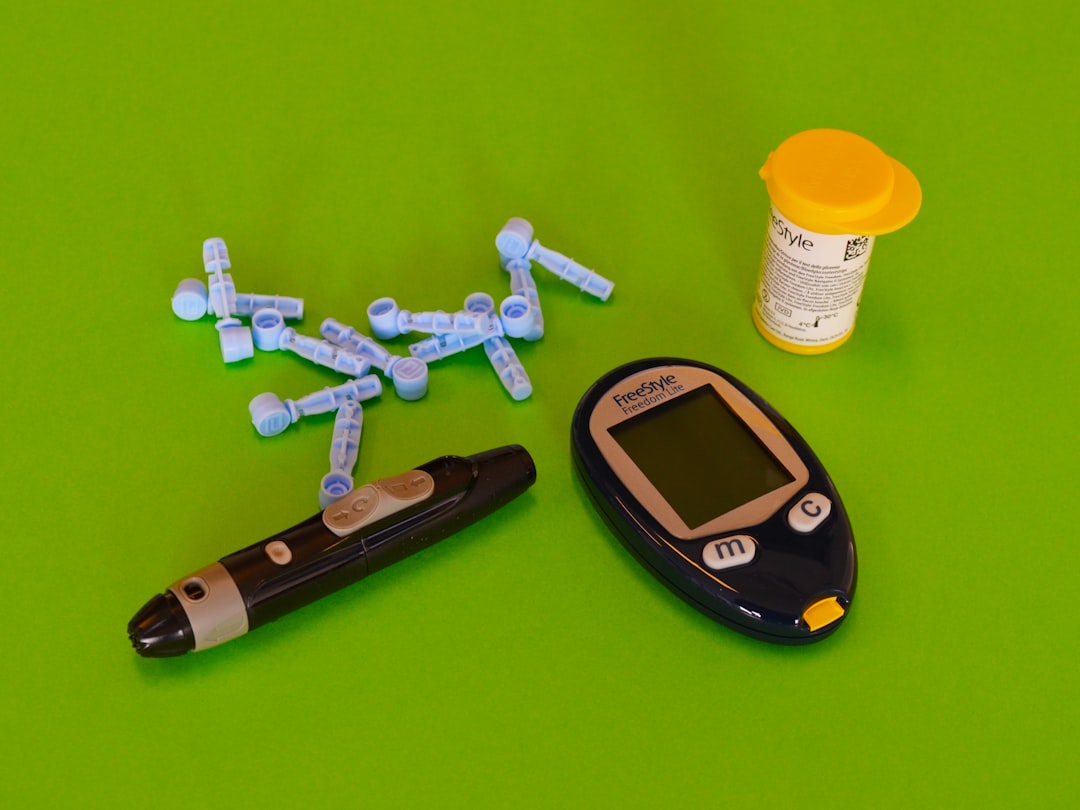What is it about?
β-ketoenamine-linked COFs exhibited promoted visible-light driven HER rate in seawater relative to pure water. The observation is attributable to the in-situ polarization effect via the adsorption of seawater’s metal ions onto COFs’ backbone, which increases the dielectric constant and lowers the exciton dissociation energy of the organic semiconductor, and thus improve the charge separation and transfer.
Featured Image

Photo by Thomas Vimare on Unsplash
Why is it important?
The past decades have witnessed the rapid progress of photocatalytic H2 evolution reactions (HER), but a majority of them relied on the decomposition of freshwater. Considering the global shortage of freshwater resources and the abundance of seawater, it is urgent to develop photocatalytic HER systems by using seawater as a proton source. By surveying the building blocks, the constructed COF with a high density of β-ketoenamine units exhibited the so far highest photocatalytic H2 evolution rate (41.3 mmol g-1 h-1) in seawater, about 1.66 times higher than that in pure water. The β-ketoenamine units allowed the in-situ polarization of the COF framework through the adsorption of metal salts when proceeding with the photocatalytic H2 production in seawater. This polarization effect significantly increased the dielectric constant of the organic semiconductor to lower exciton dissociation energy and thus enhance the charge separation and transfer to promote the H2 photoproduction in seawater.
Read the Original
This page is a summary of: In-situ polarization of covalent organic frameworks in seawater enables enhanced photocatalytic hydrogen evolution under visible-light irradiation, Nano Research, January 2023, Tsinghua University Press,
DOI: 10.1007/s12274-022-5332-0.
You can read the full text:
Contributors
The following have contributed to this page










